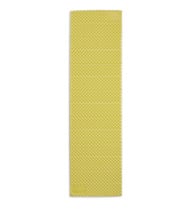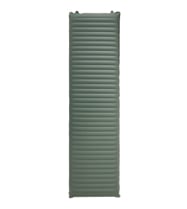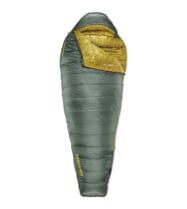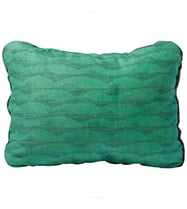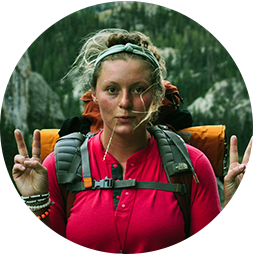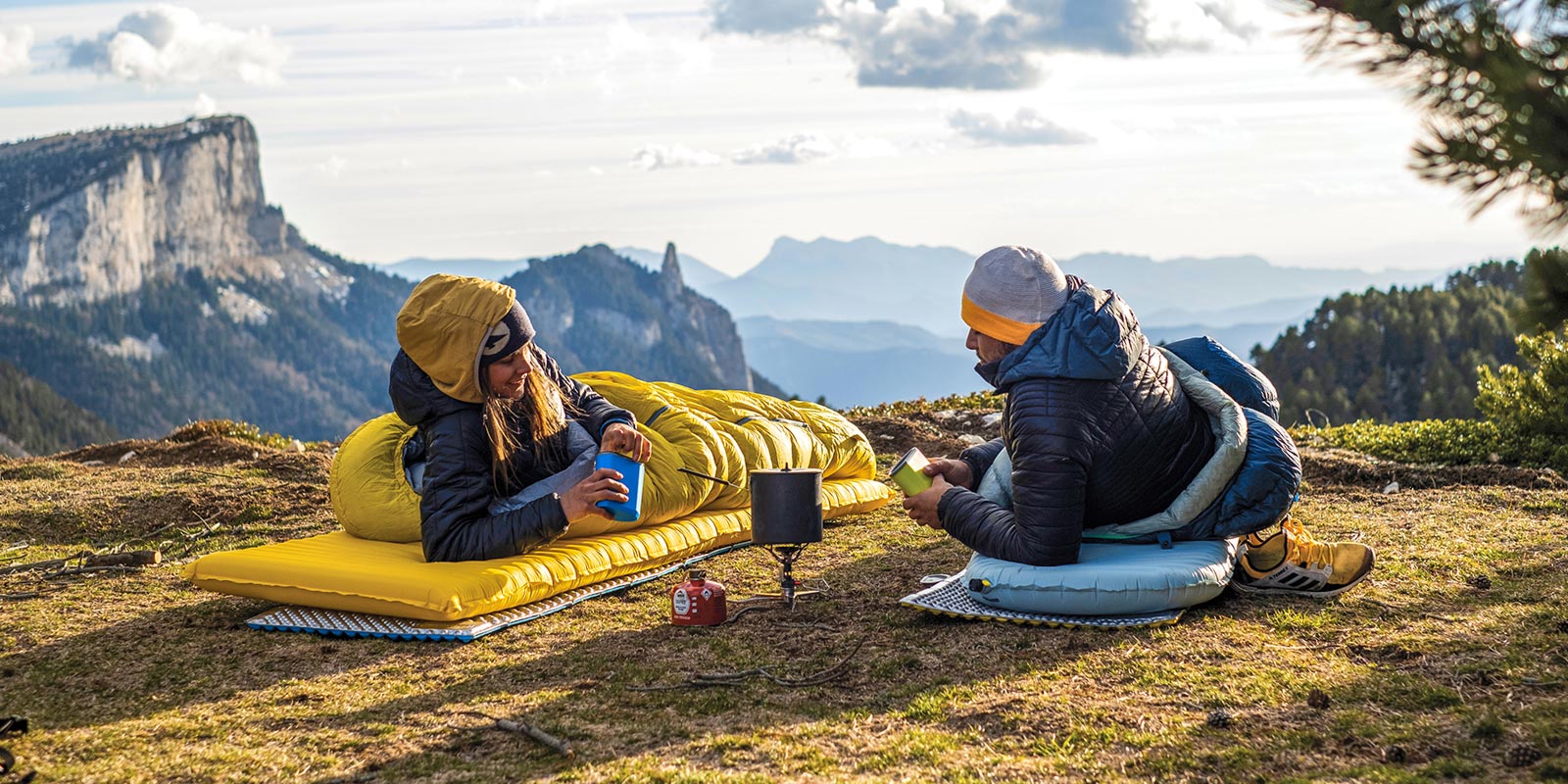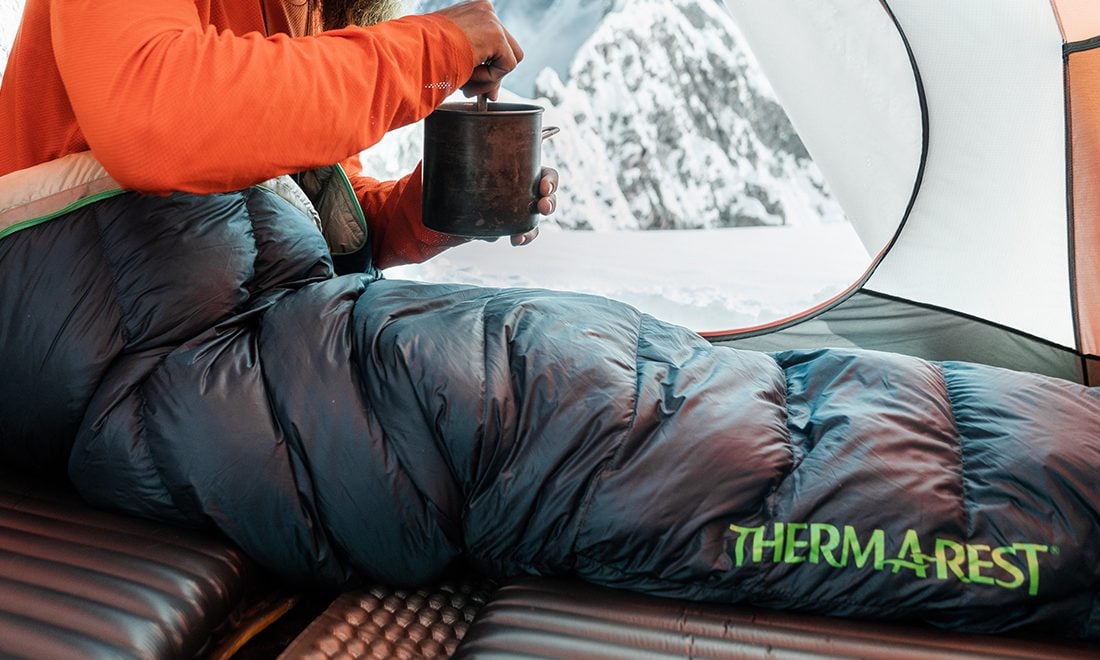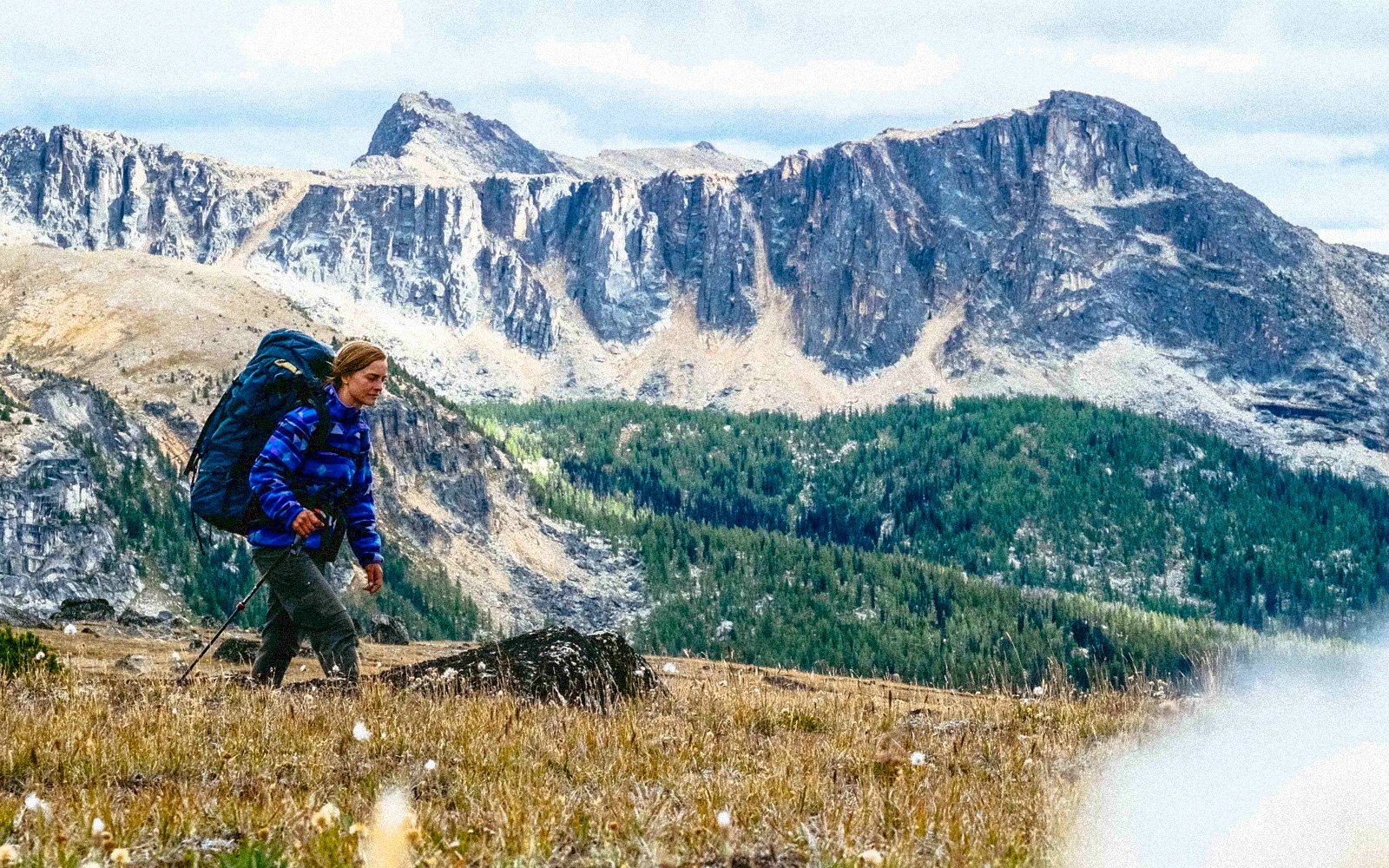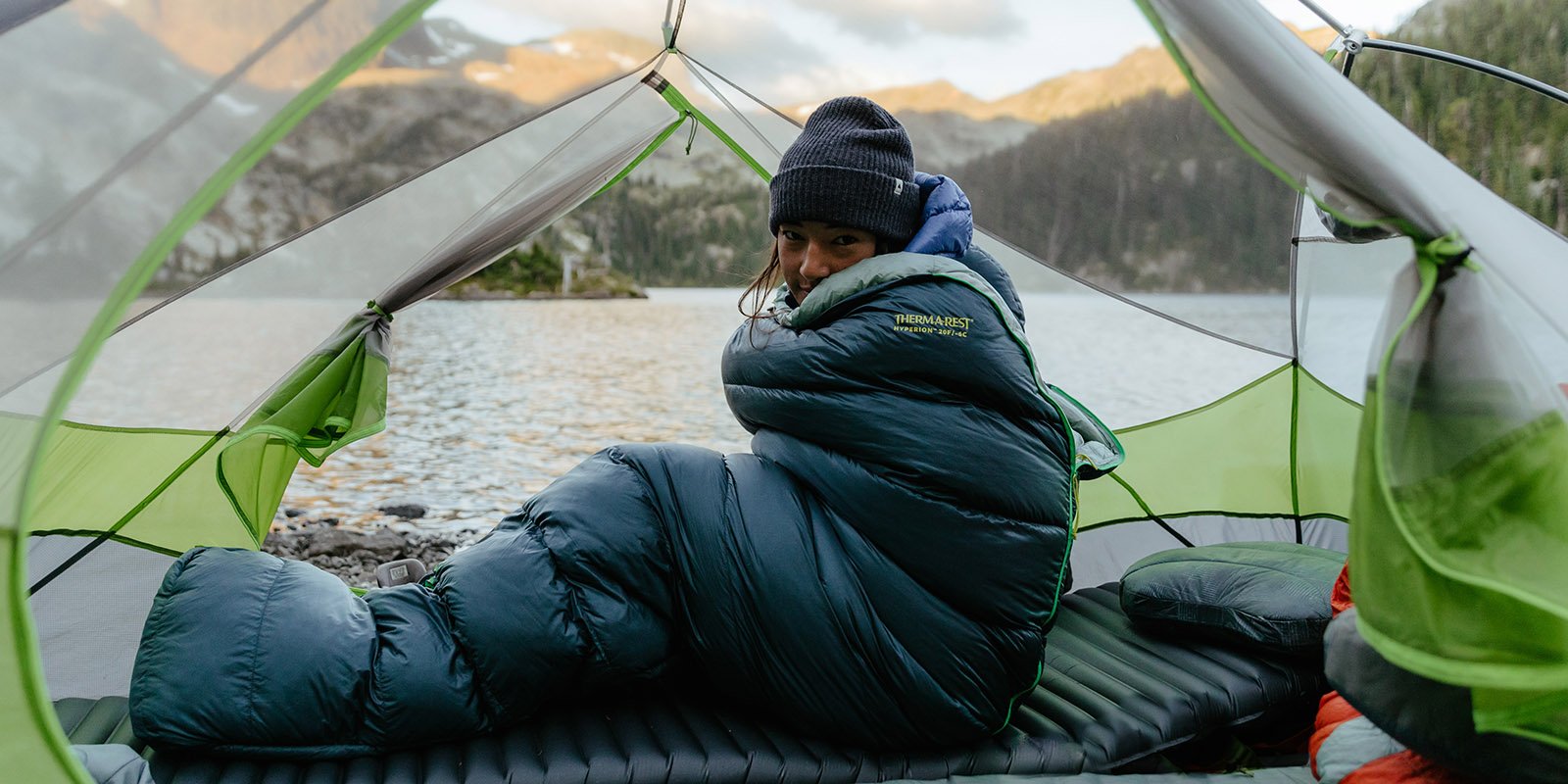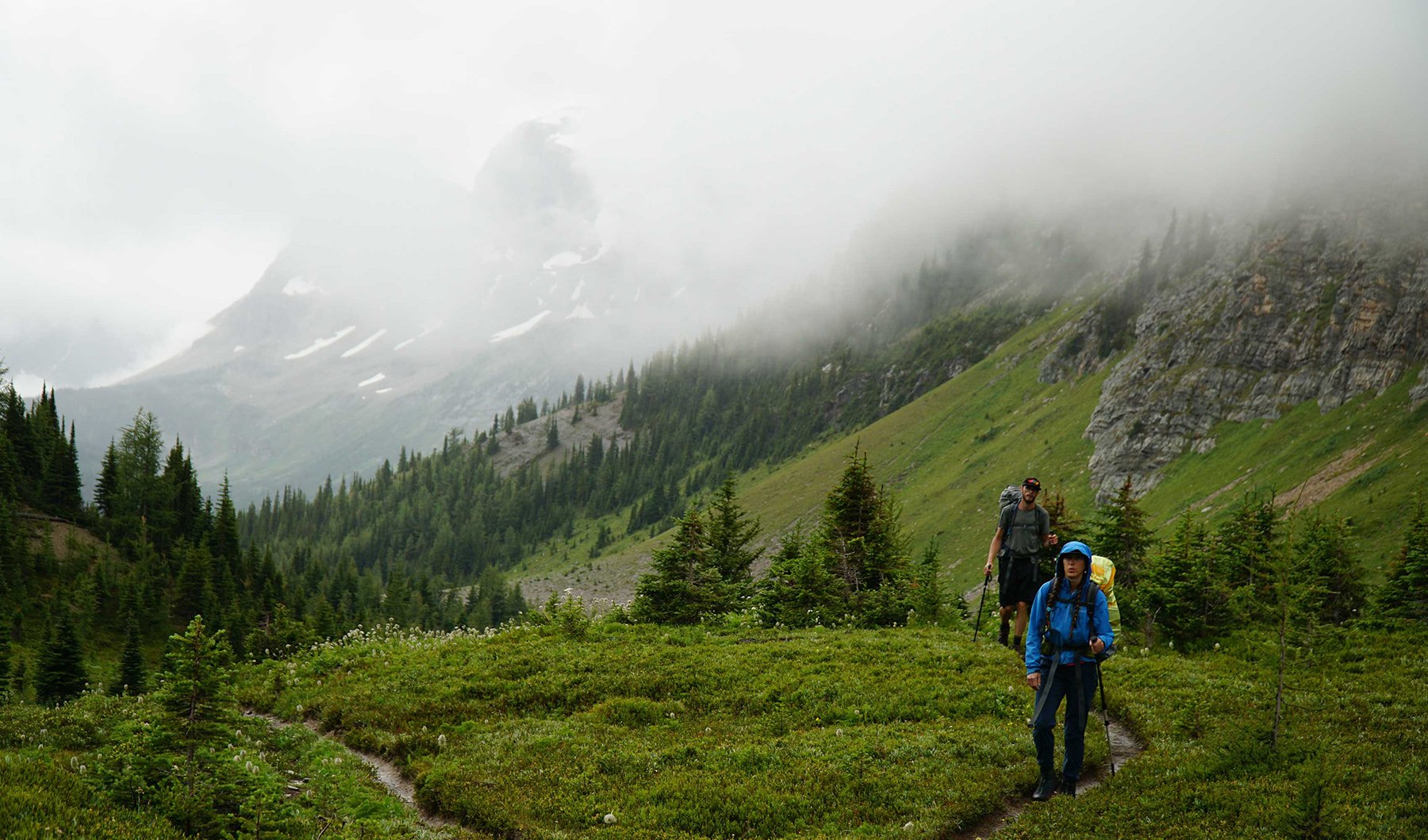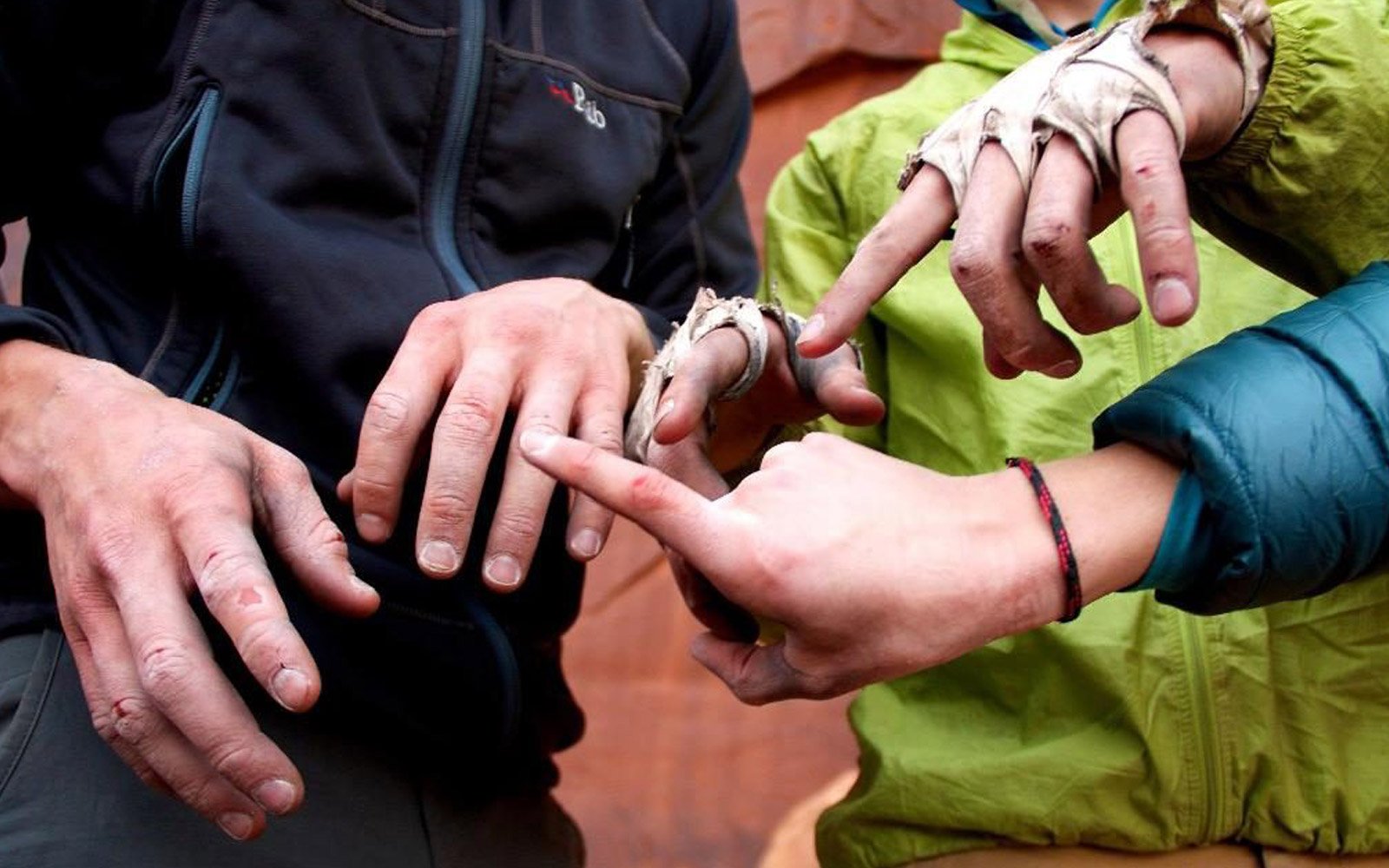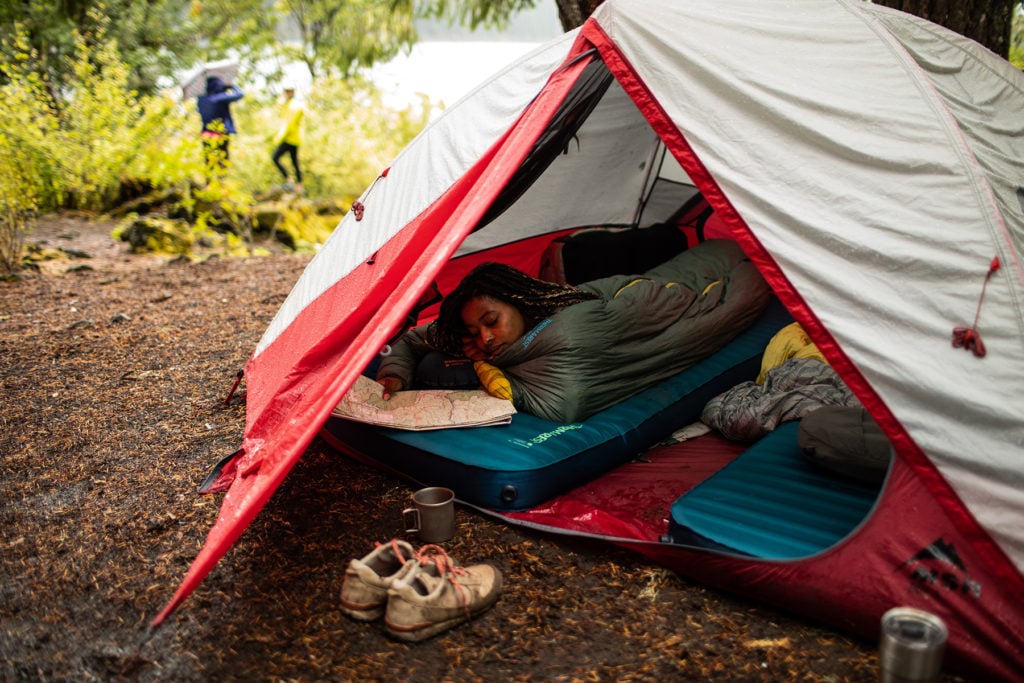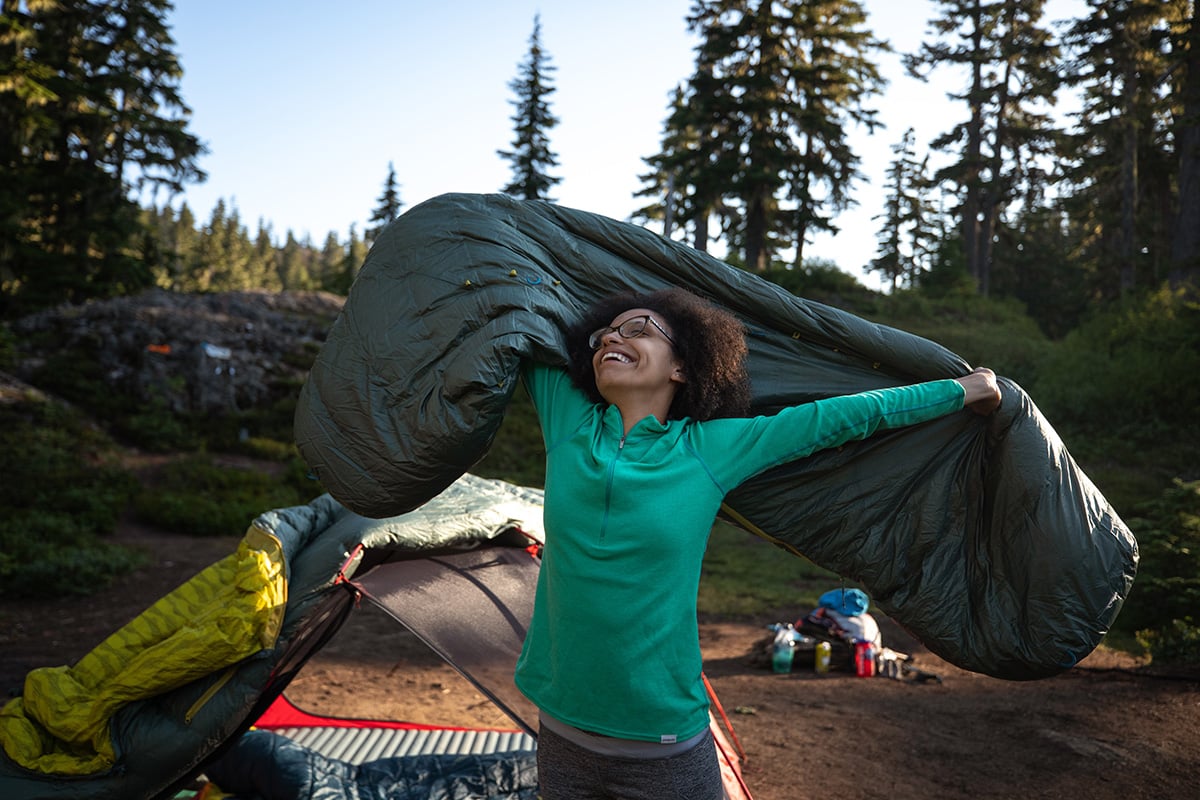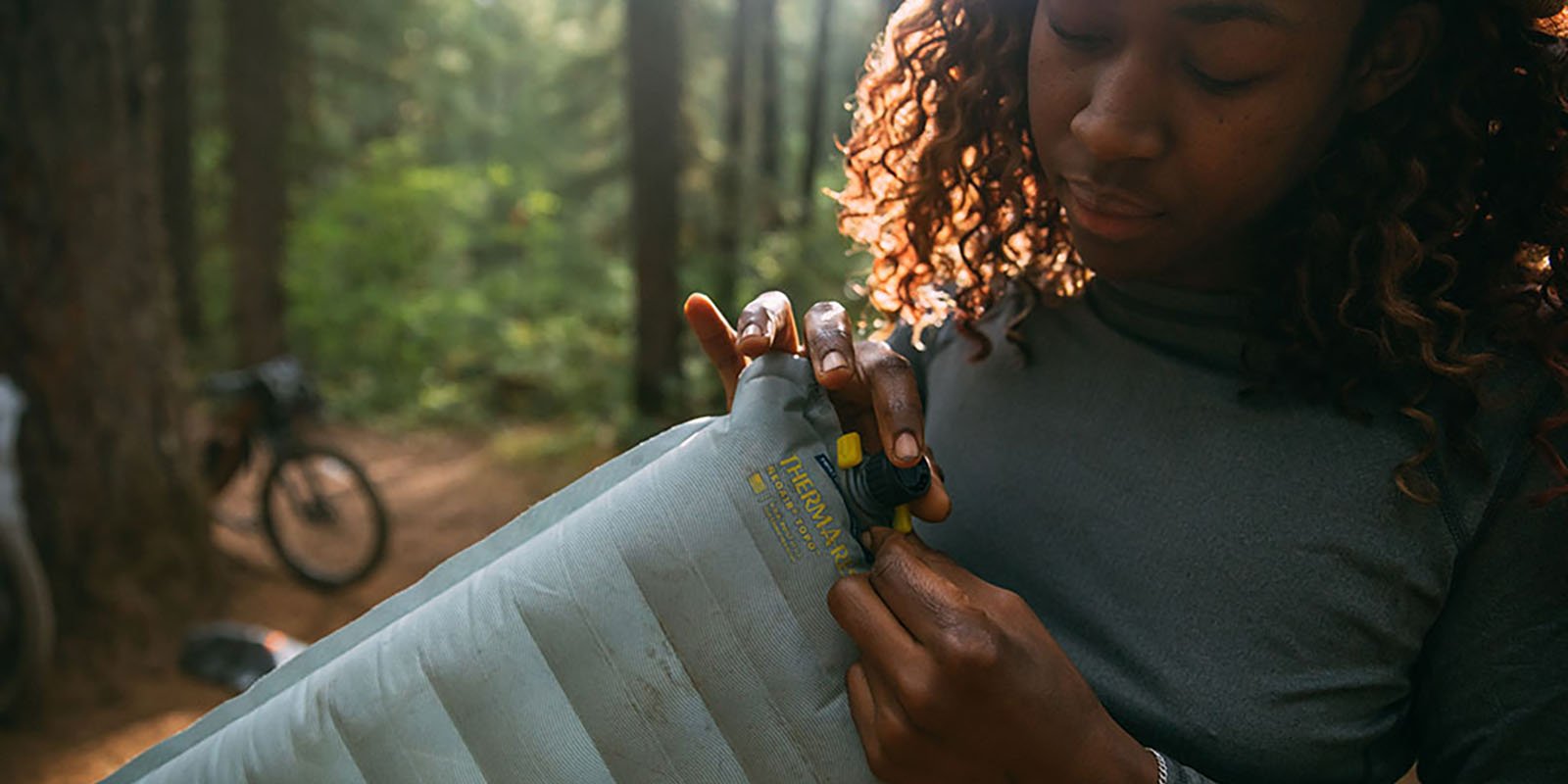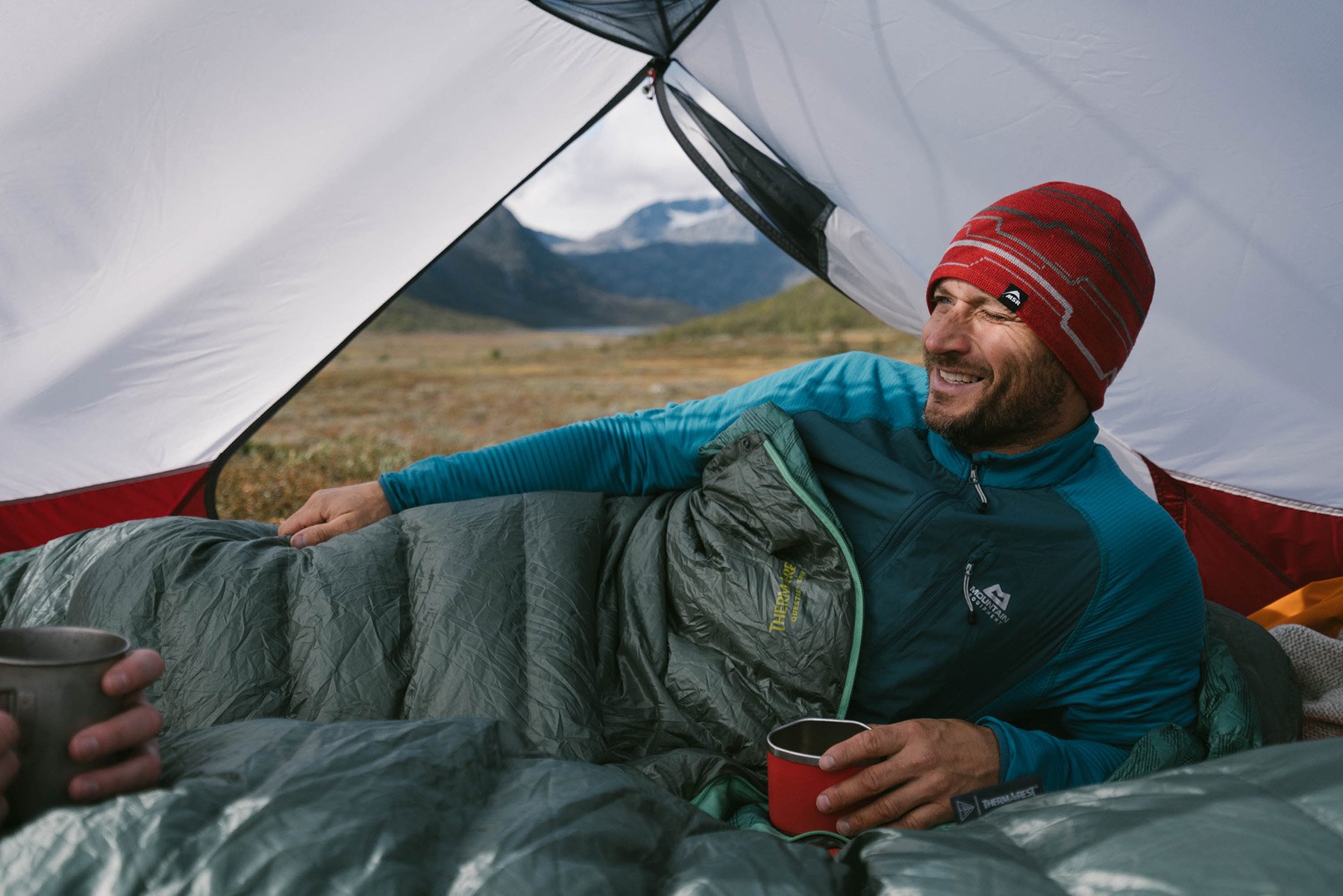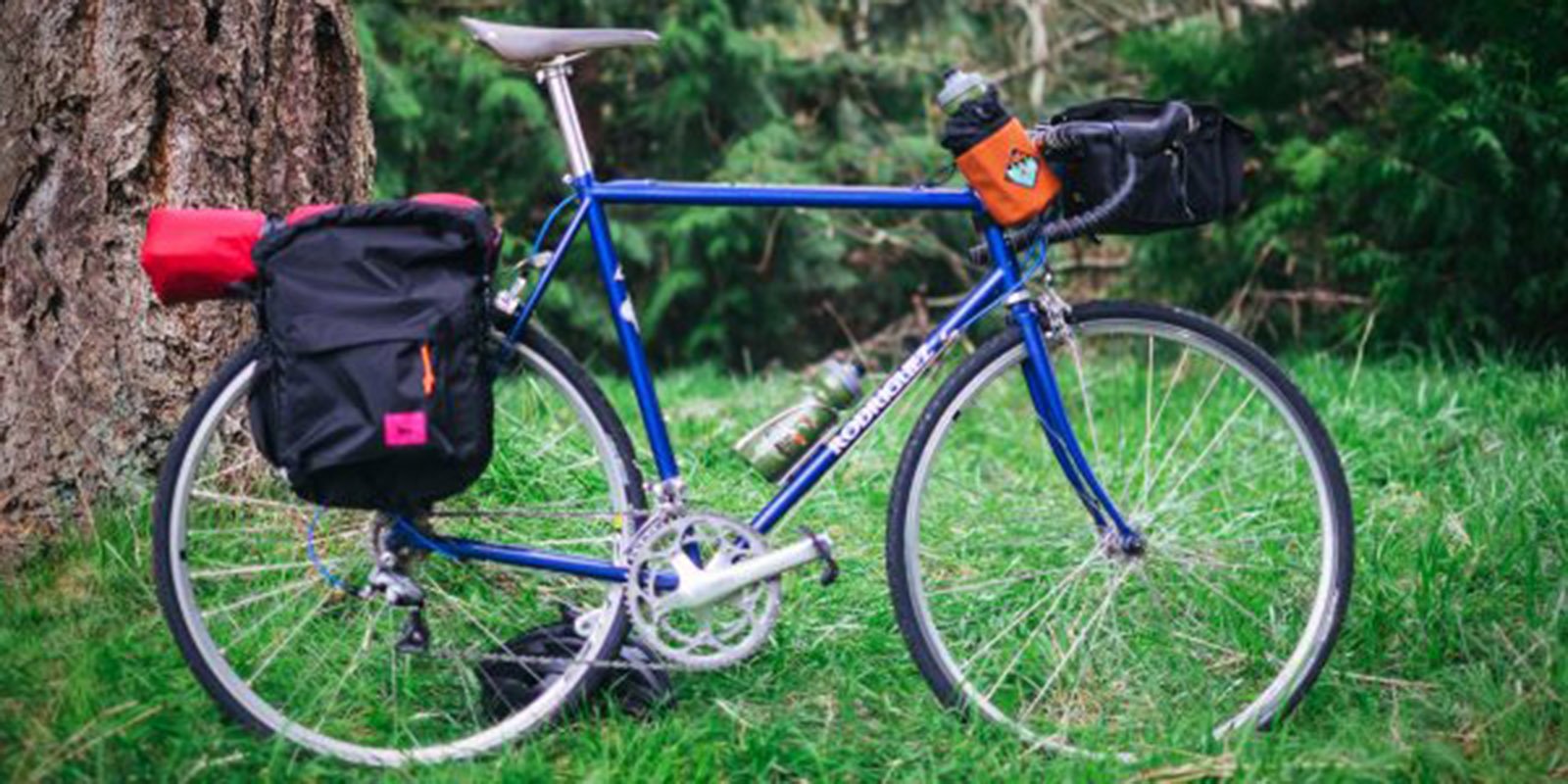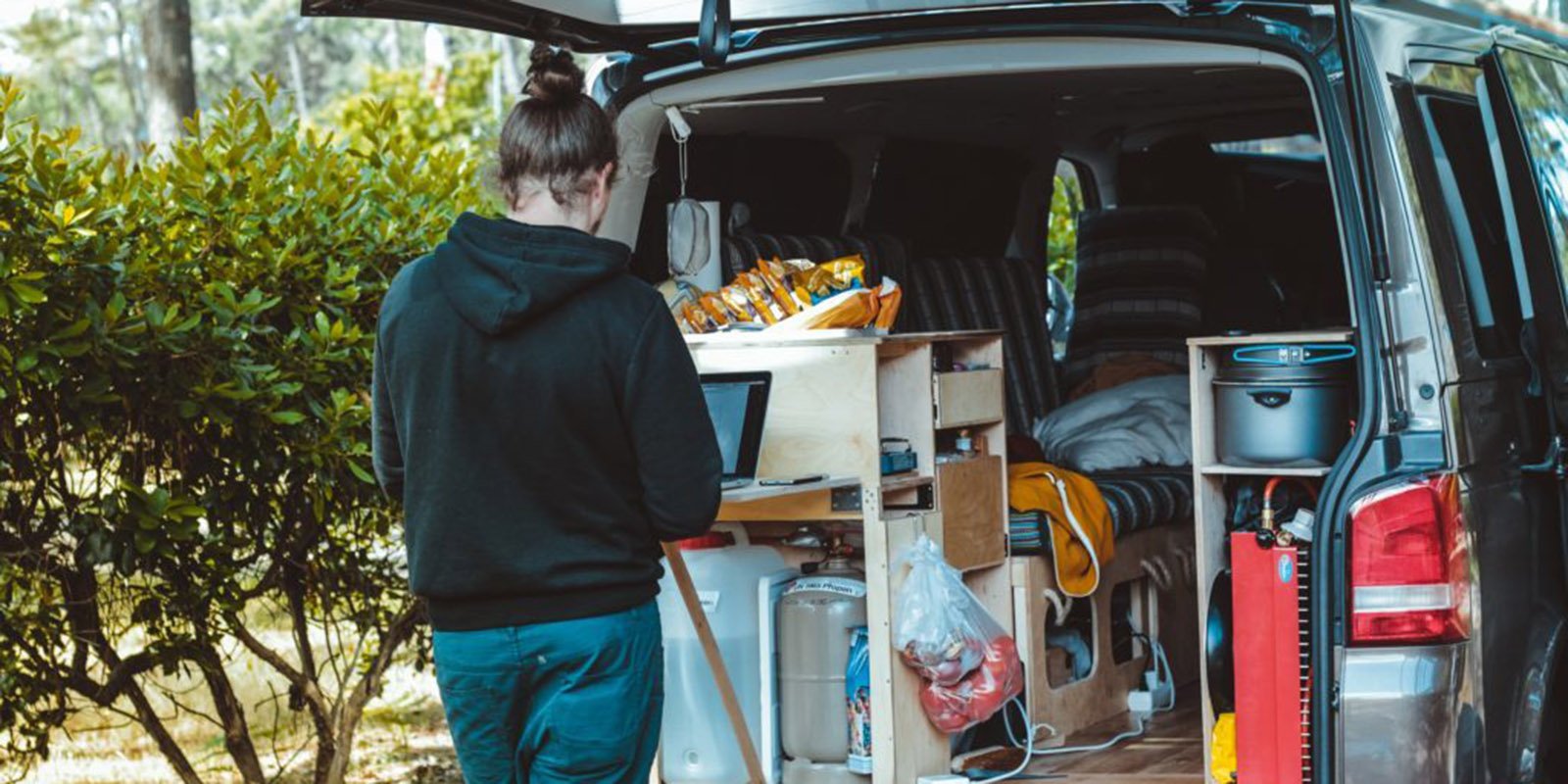The art of slowing down takes time and intention before it becomes a way of life. We live in a world that advertises that the quickest path is the one we ought to take and encourages competition in all activities, shouting: be first, be faster! But sometimes, we have to quiet the noise and go outside for our spirits and not our personal records, for our hearts and not our Instagrams or bragging rights. By slowing down we can create an approachable environment for everyone to fall in love with, one sweet, slow moment at a time.
Little by little, the darkness of night has washed over us. The deep dark blue bowl of stars above our heads has a way of inviting our imaginations. We linger, watching with childlike fascination. At first glance, the summer sky appears to be nothing but a chaotic sparkle. Yet, upon further investigation, it becomes a well-constructed highway of stars, creating shapes and distinct lines of constellations.
We sit and soak up the organic symphony of the wild San Juan Islands where we are camping. We hear the crackle and pop from the fire and the smooth push and slap of the ocean only a few feet away. If you really listen, you can make out the blow of the breeze through the canopy of trees and the soft pull of the wind through the wild flowers.
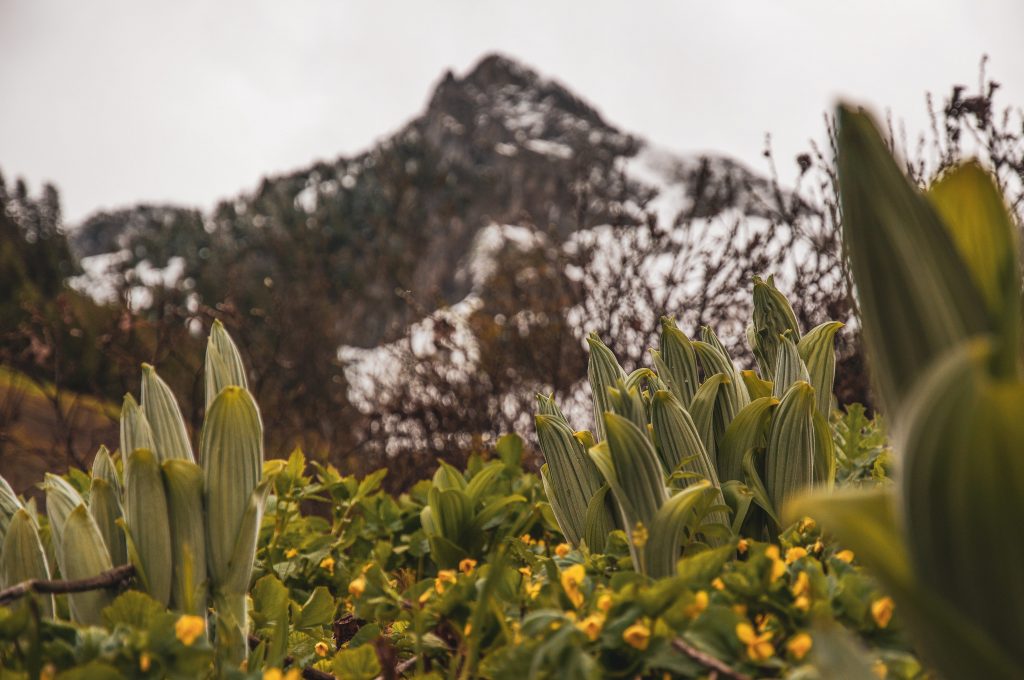
The five of us have been on a week long expedition. The first three days, we backpacked and ventured through the alpine trails directly east of the San Juan Islands, the North Cascade Mountain Range. North Cascades National Park is roughly 70 miles from the tip of Fidalgo Island where our road trip starts. It’s just enough time in the car to get deep into your favorite road trip playlist without falling asleep to the lullaby of rubber tires on mountain highways.
Before packing for our trip we did extensive research on weather in the mountains and read pages of trail reviews for this particular route. We knew that it had potential to be deemed impassable due to snowpack, but recent hiker reviews read that we wouldn’t even need snowshoes, let alone ice axes, which we brought anyway.
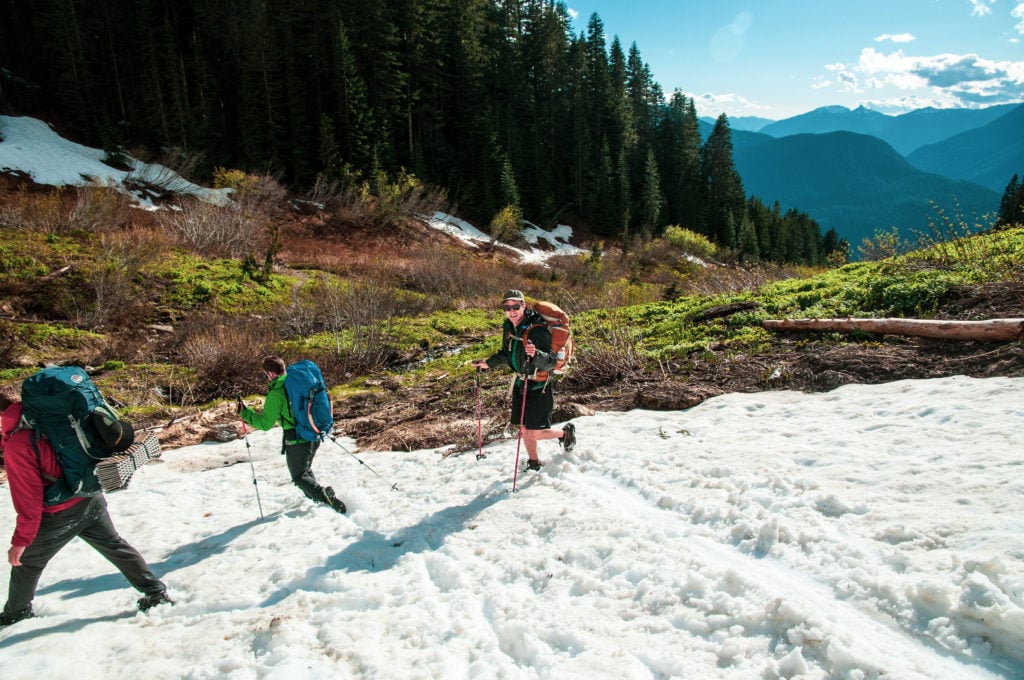
Within a mile of our trek we reached snowpack, which wasn’t described in the trail reviews for another 2.5 miles. As our boots sank deep into the warming snow, it became apparent that this mountain face had just received a fresh dumping. Instantly I wished I had my skis.
We didn’t make it as high as we had hoped. Instead, we laughed, humbled by the unpredictability of weather in the mountains. We pitched our tent in a lower alpine meadow, enjoying the beautiful mix of melting snow and fresh flower buds pushing through to feel the sun’s gaze. It seemed that while getting to the summit was the goal, it didn’t have any negative effect on our ability to adventure, instead, we were just rerouted to a different wild space that we almost hiked right through without much awareness or appreciation. As adventurers, it’s so easy to get blinders for the summit, forgetting that the journey is often the true adventure.
After a couple days backpacking we turned our gaze back towards the Salish Sea, with anticipation and excitement to get back on the water. Since we were guiding kayaking trips later that summer, our goal was to paddle off the winter’s rust, relearning the tricks of the trade.
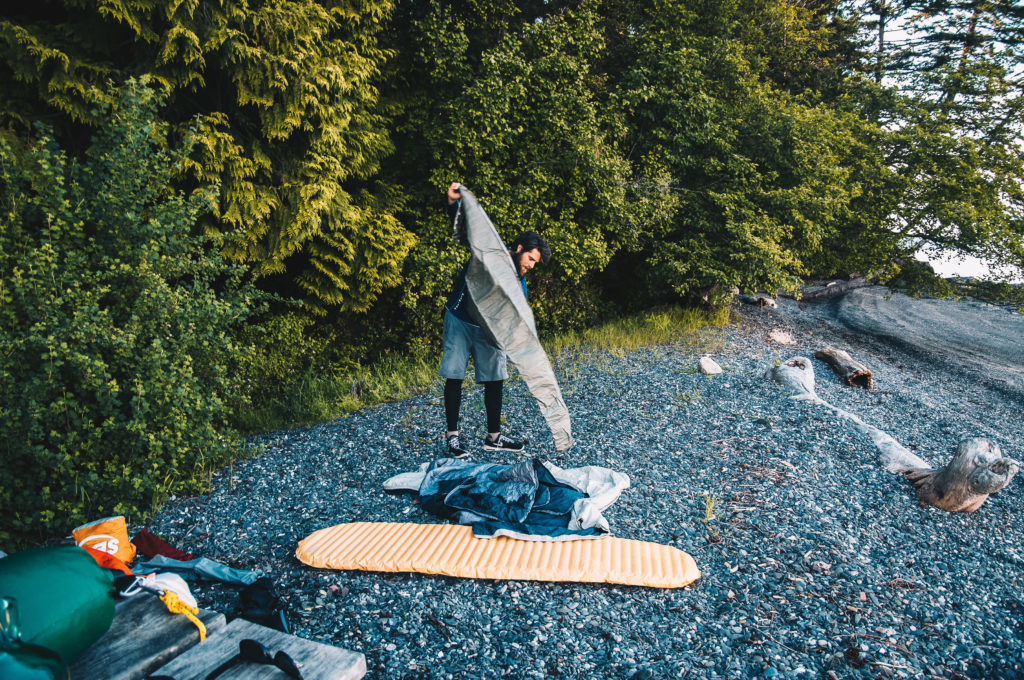
The currents of the San Juans are strange and difficult to navigate, let alone master. The geography of the islands, creates unexpected rips and whirlpools, eddies and upwells. These types of currents require investigation and problem solving while guiding trips with new kayakers.
Guiding is hard work, but it’s also extremely rewarding. A good guide will remember what it’s like to learn. So often, as outdoor professionals, adventurers and limit pushers, with our competitive spirits and type-2-fun attitudes, it’s easy to forget the process and get tunnel vision for the victory, the summit, the hardest problem, the fastest race, the longest paddle. When we slow down we get to spend time looking, observing and noticing the details in this wild world that we love to play in so much.
Learning to slow ourselves down in the outdoor community is a fine art, one that, like any good craft, takes time. It’s so easy to want to be the best, to want to push our physical selves for optimal athleticism, wanting to be the strongest and the fastest, but sometimes it’s even more important to take our sweet time, soaking up the world around us. Taking time to slow down, is not only beneficial for our muscles and bones but our minds as well. When we learn to be patient, when we learn to wait, when we learn to slow down we see more and we ultimately can gain a better experience and a better perspective. Allowing us to better connect with the world we’re playing in, instead of just running right through it.
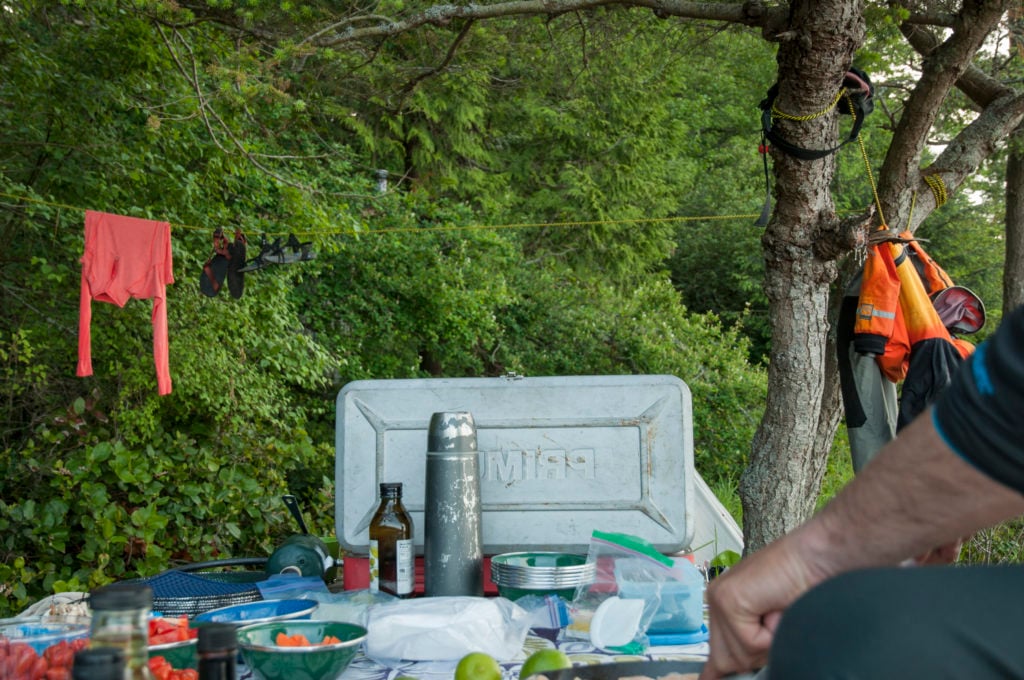
Before we set out for our multi-day paddle and backpacking trip, we asked ourselves to be more intentional about our time spent outdoors, both on the sea and the land. We challenged ourselves to identify as much plant and animal life as we could. In order to do that, we had to be more aware planners, checking weather, maps, charts and tide tables and wait for low tide. We had to plan our trip differently, intentionally planning for time to mindfully observe and identify.
Tips for Slowing Down:
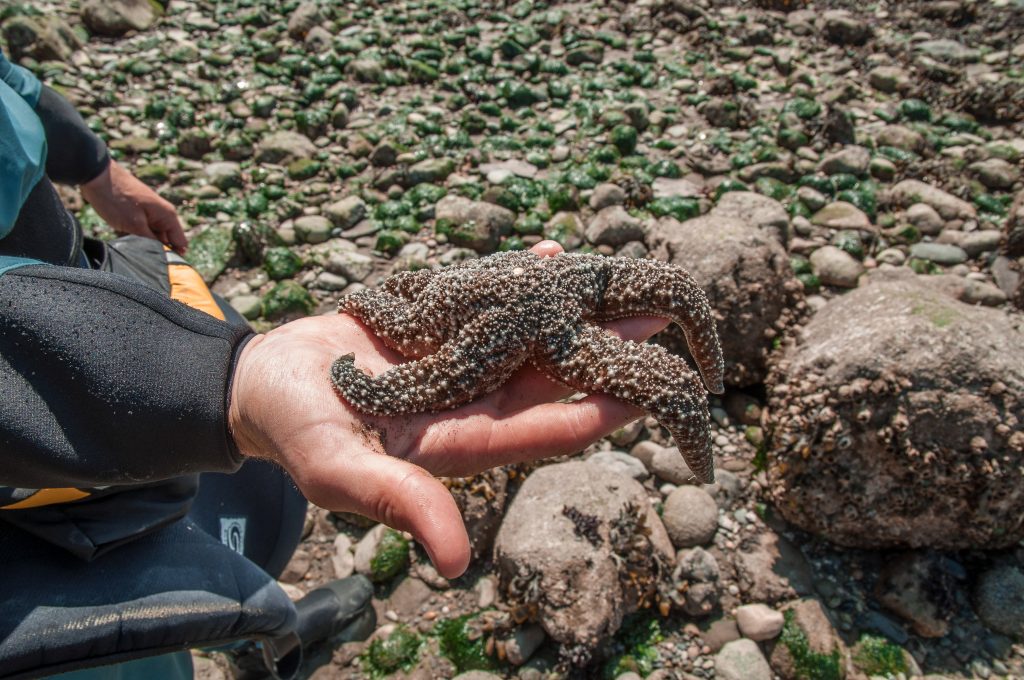
1. Forget the Phone
John Muir said, “Between two pines there is a doorway to a new world.” There is so much to see in this world and sometimes the best way to experience it is to leave the cell phone behind and look…up, over and beyond the horizon line, looking up from the small device in your hands.
If you aren’t comfortable leaving your phone behind for safety reasons, all you have to do is press one little button–airplane mode–and magically you’re free from phone calls, text messages and responding to emails. Allow yourself this freedom, it feels good to be free.
2. Bring a film camera
As a photographer, my work and my free time wandering this world can sometimes blur into one, creating unwanted pressure in a space where all I want to do is rewild myself and relax. One way I slow down and create a boundary between work and play is to bring a film camera. Because of this I stop thinking like a product photographer, hoping to capture the perfect photo and instead focus on capturing a moment that feels special.
I think everyone can benefit from this, even if photography isn’t your work, it’s a nice way to remember: photos can be for yourself, not for the applause or the “like”. If carrying a camera just isn’t your thing- you can achieve this creativity and observation by bringing a notebook or a sketchbook. This creates a commitment to really looking, which again, brings a huge sense of presence.
3. Read a map
There is something beautifully nostalgic about pulling out a map. Maybe it’s the crinkle or the fading of color in all the places I’ve traced my fingers the most, but it’s one thing I always bring on my travels, adventures, walks and wanderings.
Find that dirt road you always pass, that forest service road with no name just a number and see where it takes you, it might lead to the most beautiful view. Do your own research, it will cause you to slow down your planning process and be more intentional about where you really want to go, plus it makes the getting there part that much more exciting.
Related Posts:
- Tips for Finding a Great Car Camping Spot
- Camping Blankets: Therm-a-Rest’s Complete Guide
- Defining Camp Comfort
Updated. Originally Published June 19, 2018.

